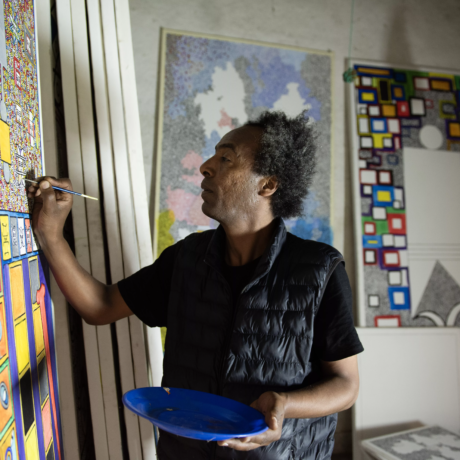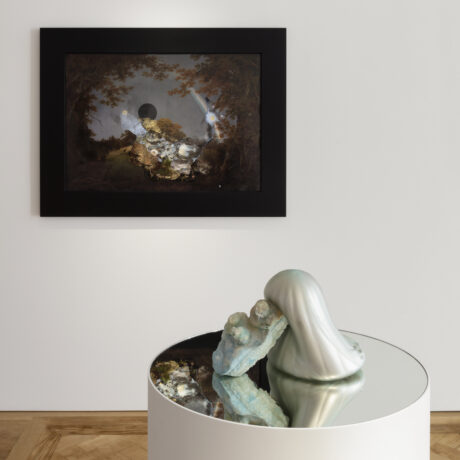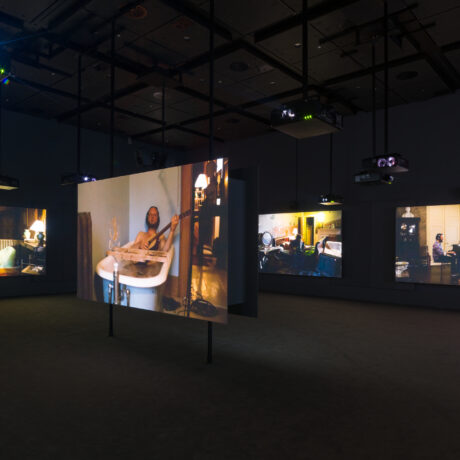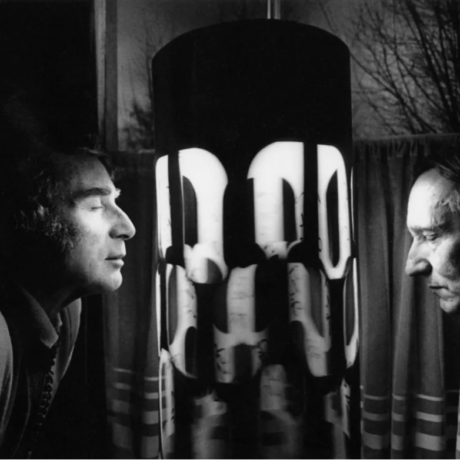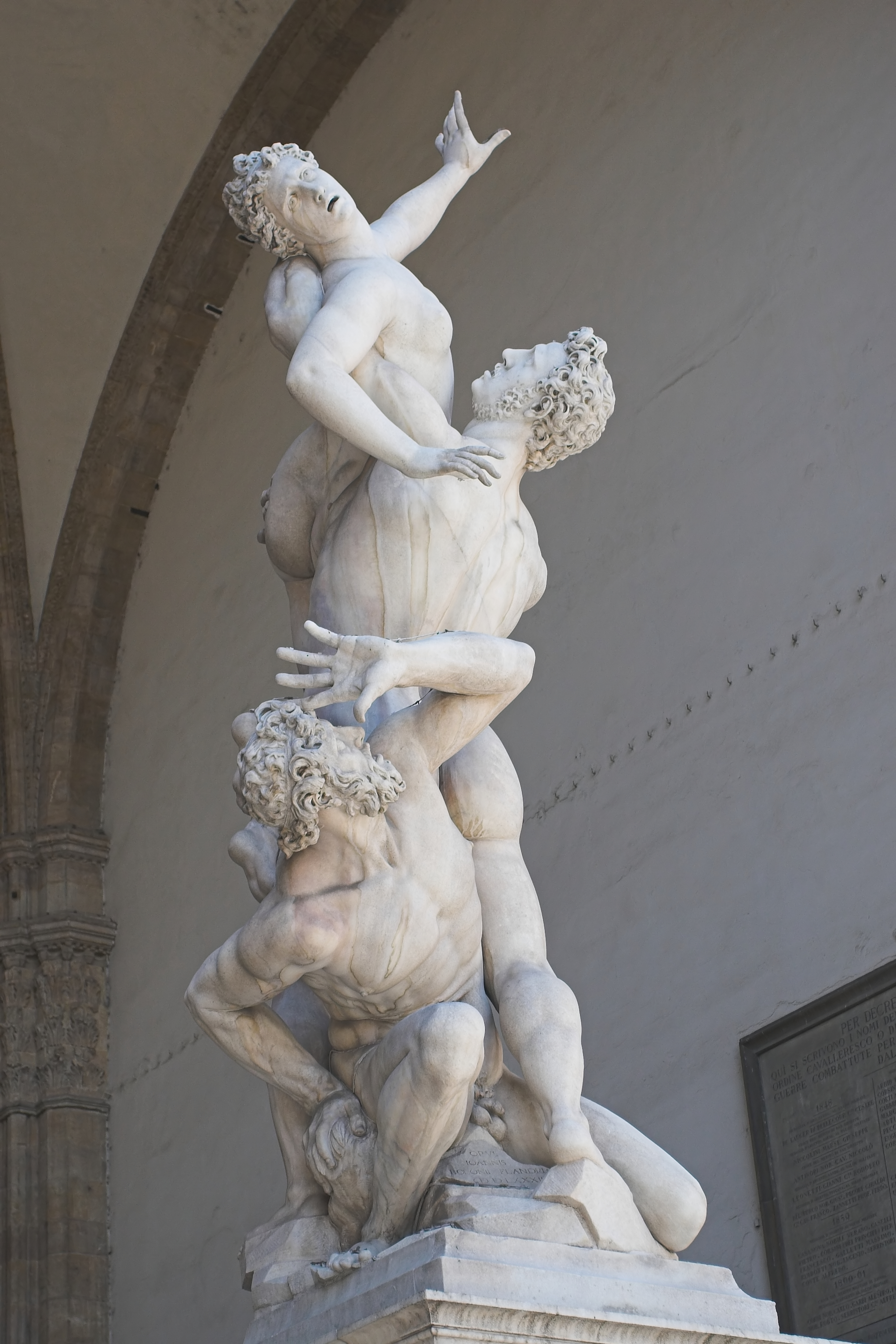
This Artwork Changed My Life is a new series that explores the personal, often surprising, emotional influence that works of art can have on us, even when we least expect it.
In the summer of 2005 I was living in Florence, during university holidays when I was supposed to be improving my Italian, as clichéd an idea of the European student as in a Woody Allen film. Smoking had just been banned inside bars, so that was a bummer, but most of the time we sat outside anyway, on the Ponte Vecchio, looking out at the Arno, and often in Piazza della Signoria, where we would end up looking straight at the Loggia Dei Lanzi. This is where some of the world’s most famous sculptures stand, those heroes from ancient mythology: a bronze Perseus by Cellini, holding up a severed Medusa head; Medici lions and Hercules battling it out with Nessus. Symbols of masculine power and domination. And, on the far right, perhaps one of the most important works of all in the history of art, and certainly in sculpture: Giambologna’s 1583 Rape of the Sabines, also known as The Abduction of the Sabine Women. Carved from a perfect block of marble, it was the first ever sculpture in Europe to depict three figures that could be viewed from all sides.
I first saw the sculpture, some years before, when I was seventeen. I have a photo of myself with friends, wearing dodgy noughties crochet and a too-big floppy hat. The sculpture is apparently just another tourist attraction to provide a backdrop to us in our carefree holiday mood. I remember it hazily now. But the more time I spent with the sculpture, the more problematic it became for me.
The story of the Sabine women isn’t a happy one. According to Roman mythology, when Rome was founded by Romulus there weren’t enough Romans, and so the men were encouraged to abduct the neighbouring Sabine women to make sure they had a progeny. The mass abduction—or rape (historical accounts vary)—happened during a festival at which different local people were gathered. Romans grabbed Sabine women, and Romulus begged them to accept these men as their husbands.
This crime against the Sabine women—raped or stolen, they were forcibly removed from their community and into marriages with Romans—has been depicted by many artists throughout history, from Degas to Poussin to Picasso. Why is this scene of mass abuse so celebrated?
“The beautification of sexual violence is unacceptable, but it’s hardly rare in art”
The history of the sculpture itself dates back to 1582. Giambologna himself didn’t carve with the Sabine women in mind, but was thinking technically. Later, when the masterpiece was done and its prominent and prestigious public location was decided by Francesco I de’ Medici, its meaning was tacked on. Even though Giambologna didn’t intend to glorify rape, this is what we see today. Passed down through centuries, still shown to hundreds of thousands of tourists every year, we are exposed to the idea that this is something to commemorate and celebrate, that women’s bodies are a commodity, and that our sexual procreativity can be coerced into submission.
This isn’t questioned or criticized—it isn’t even commonly considered strange. As a young woman, looking at that sculpture so much, two men’s hands reaching for a woman who is so obviously trying to escape, the imbalance of power, the struggle—affected me profoundly. It was the beginning of my own awakening to a reality that’s barely shifted since Rome was founded. The beautification of sexual violence is unacceptable, but it’s hardly rare in art.
I haven’t been back to Florence since 2005, but everything I looked at in art was shaped by that unfiltered experience with the male gaze. It influenced me in my writing and as a feminist. It was a constant example of why it was important to act. It inspired my book. The Sabine woman will probably always be there, frozen in her perpetual struggle in the Piazza della Signoria. But the narrative around her can shift just as easily as it was invented. What I want to think about when I look at them is the need to resist, to fight, to struggle—and to never forget our truth. The title of the work, after all, is the Sabine women, not the Romans.
